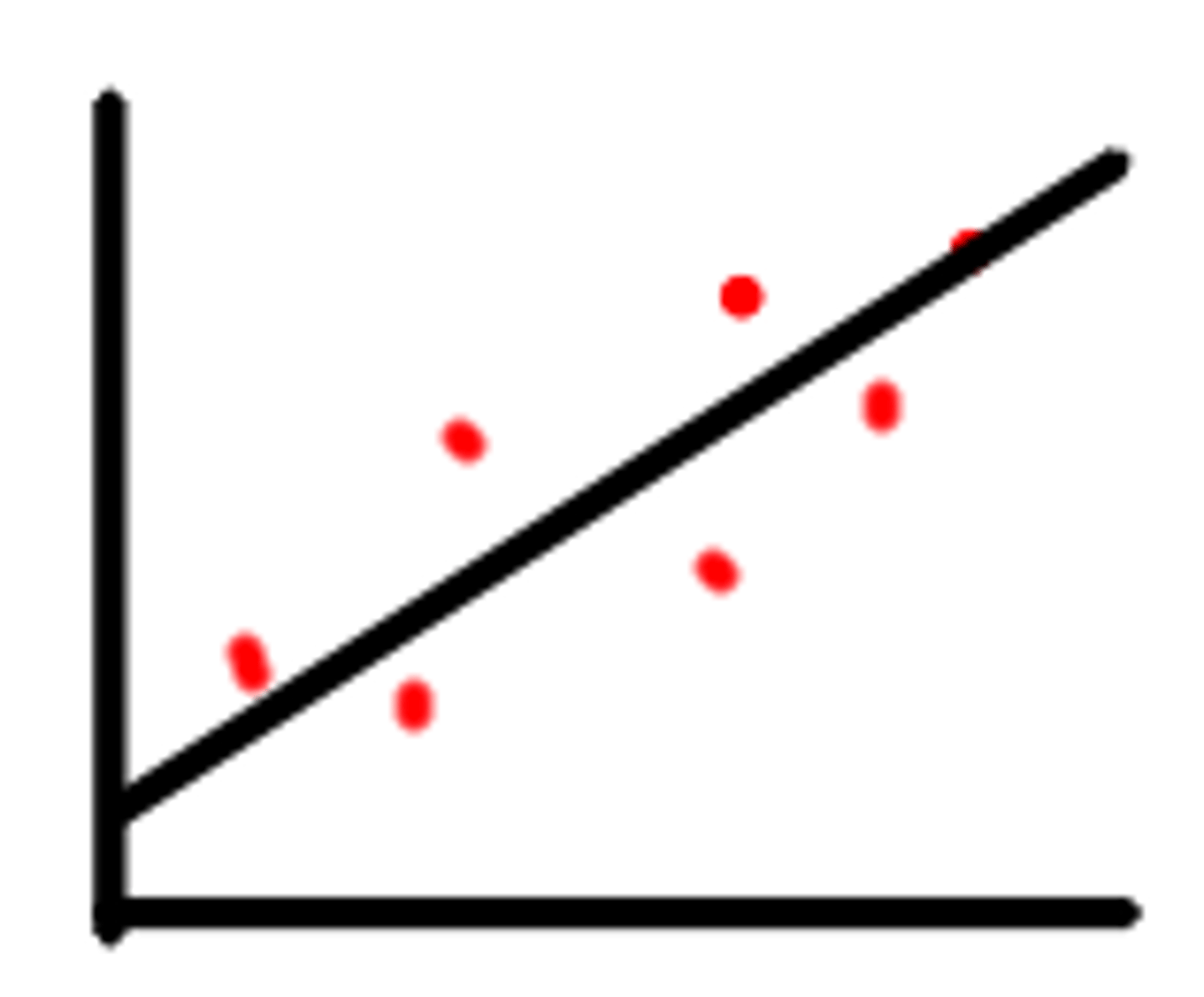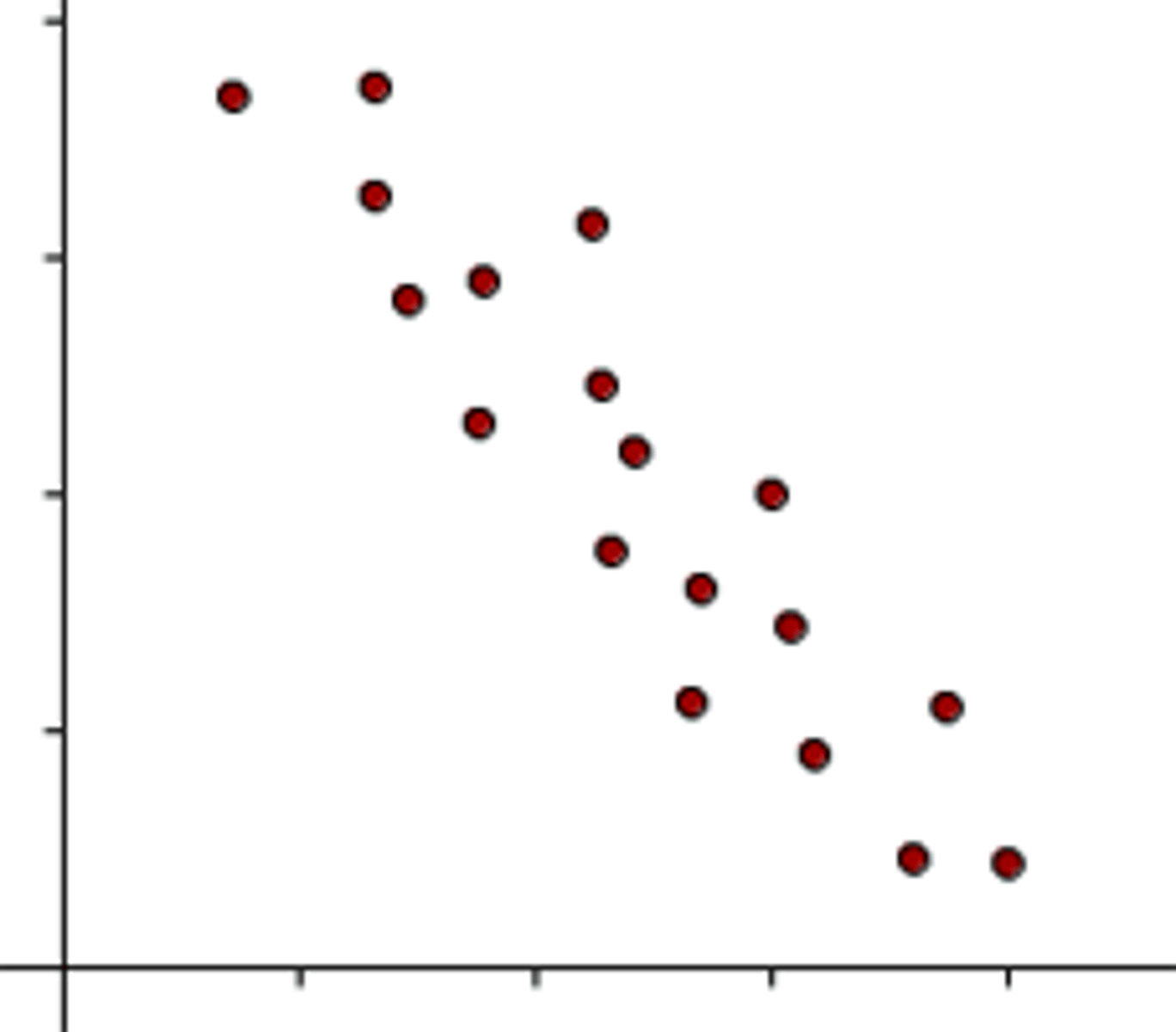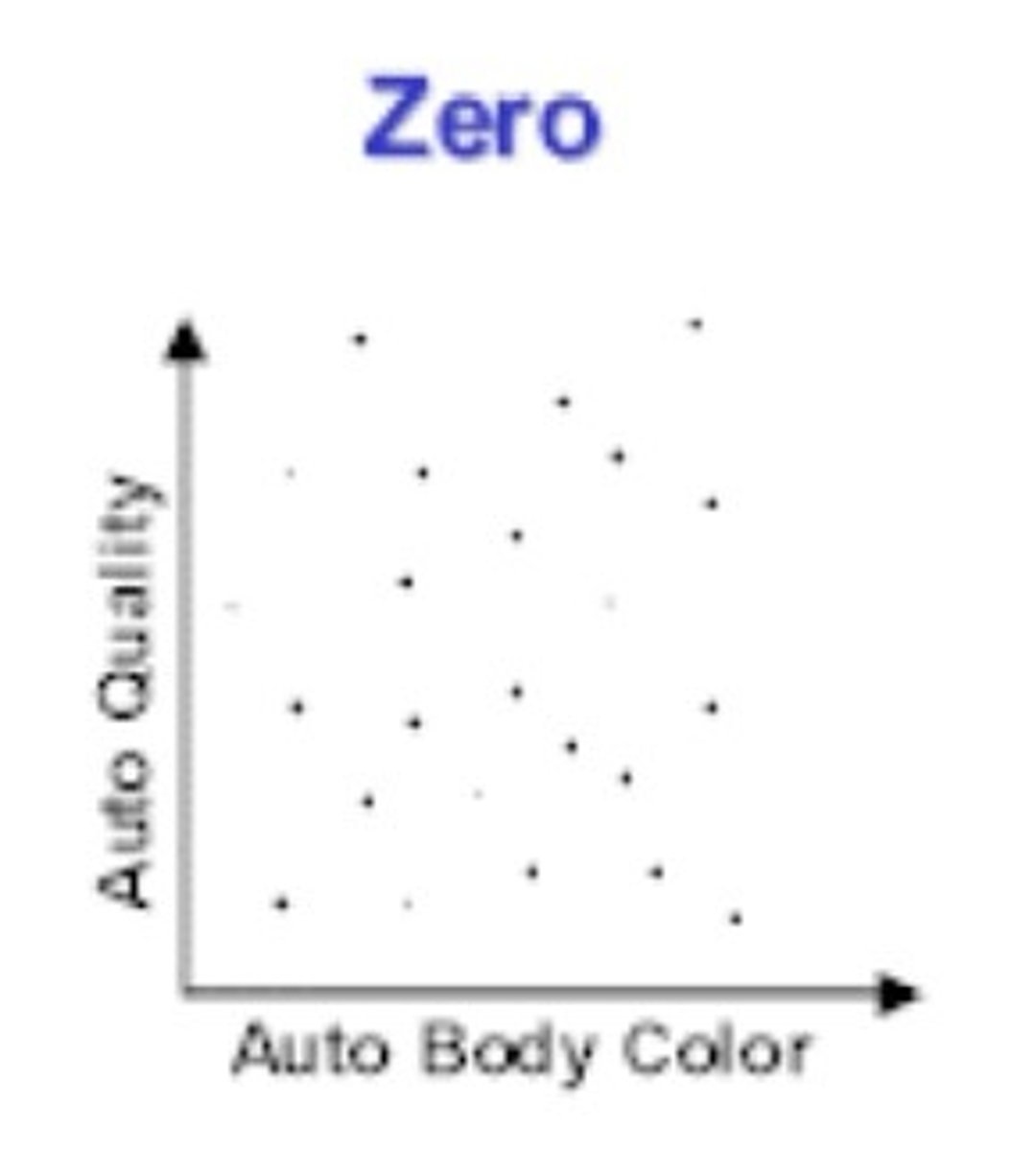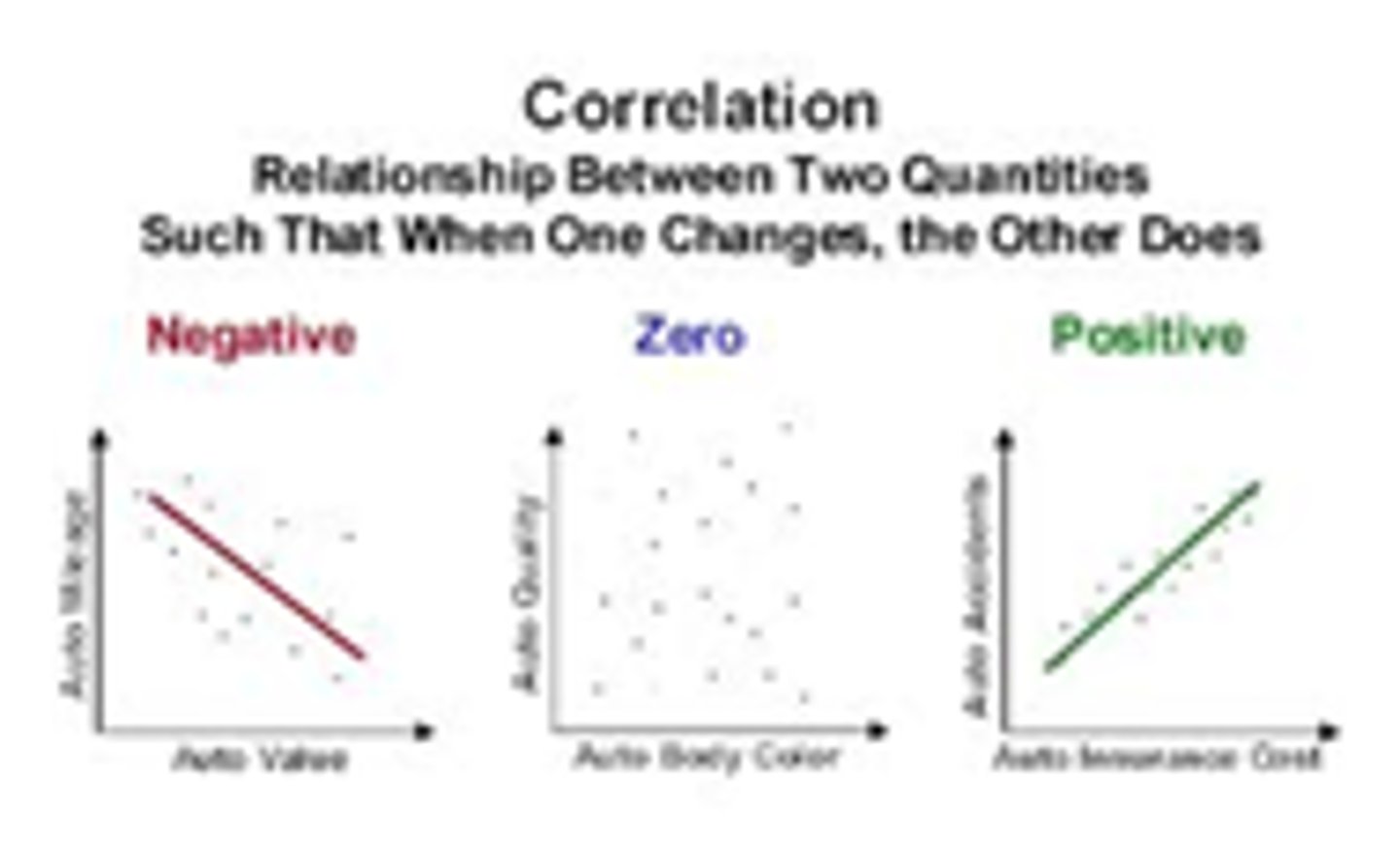PBSI 302: Exam 1 Study Guide
1/92
There's no tags or description
Looks like no tags are added yet.
Name | Mastery | Learn | Test | Matching | Spaced |
|---|
No study sessions yet.
93 Terms
Why is the research producer role important?
Provides coursework in psychology, for graduate school and for working in a research lab
Why is the research consumer role important?
Provides information for psychology courses, when reading printed or online news stories based on research, and for your future career (evidence-based treatments)
Empricism
The empirical method or empirical research (collecting and analyzing data from actual observation & experience)
- EVIDENCE BASED
- Create verifiable work
Theory
A set of statements that describes general principles about how variables relate to one another
Hypothesis (or prediction)
The specific outcome that the researcher expects to observe in a study, if the theory is accurate
Data
a set of observations
Theory- Data Cycle
Theory, research question, research design, hypothesis, data (supporting data strengthen the theory)
Good scientific theories:
- Are supported!! by data
- Falseifiable!!
- Have parsimony!!
- Don't "prove" anything (weight of evidence!)
Population
The total group of individuals that a researcher is interested in studying
Sample
A small portion of individuals/participants selected from a greater population
What are the 3 types of research?
Basic, Translational, Applied
Basic research
The goal is to enhance the general body of knowledge about a particular topic
Translational research
A bridge from basic to applied research, in which findings from basic research are then used to develop applications
Applied research
Conducted in order to solve practical/real-world problems
The research vs your experience
- experience has NO comparison group
- experience is confounded (cofounds)
- research is BETTER than experience
- research is probabilistic
Experience has no comparison group
- compared to what?
- A comparison group enables us to compare what would happen both with and without the thing we are interested in
Experience is confounded
What are confounds?
- In the real world, there are usually several explanations for an outcome; these alternative explanations are cofounds
What can we do about cofounds?
- It's difficult to isolate variables in our personal experiences, but in a research setting, scientists can change one factor at a time
Research is BETTER than experience
Example:
What is the best way to relieve/reduce anger?
The research:
- What methods have been researched?
- What does the research tell us is the best way to relieve/reduce anger?
- What are the positives and negatives of using research?
What is an example of "research is better than experience?"
Bushman's 2002 study on the effect of catharsis on aggression is a systematic comparison that controls for potential confounds
- confederate
Research is probabilistic
- NOT EXPECTED TO EXPLAIN ALL CASES
- Personal experience is powerful, and we often let a single experience distract us from the lessons of a more rigorous search
- Should you disagree with the results of a study when your own experience is different?
- Does an exception undermine the results of research?
- What if your experience is an exception to what the research shows
What kind of research is probabilistic, meaning that its findings are not expected to explain all the cases all the time (ie, they are exceptions)
Behavioral research
What are the ways that intuition is biased?
- being swayed by a good story (ex, Freud's theory about catharsis & Scared Straight program)
- being persuaded by what easily comes to mind
- failing to think about what we cannot see
- focusing on evidence we like best
- being biased about being biased
Availability heuristic
Being persuaded by what easily comes to mind!!
- When events or memories are more vivid/recent, they come to mind more easily, leading us to overestimate how often things happen
Present/present bias
Failing to think about what we cannot see
- ex: Bloodletting example
- always ask "compared to what?"
- adds tendency to ignore "absent" cells, which are essential for testing relationships
Confirmation bias
Focusing on the evidence we like best
- We "cherry pick" the information we take in-- seeking and accepting the evidence that supports what we already think
- People keep their beliefs intact by selecting only the kinds of evidence that they want to see
Bias blind spot
Biased about being biased
- the belief that we are unlikely to fall prey to the other biases previously described
Trusting authorities on the subject
- Consider the authorities' background and credentials before deciding how reliable they are
- Consider where the authority obtained the information
- Is it based on personal experience or intuition, or is it based on scientific evidence
What are the main components of finding and reading the research?
- consulting scientific sources
- finding legitimate scientific sources
- reading the research
- legit journalism vs disinformation
What are the 5 components of an empirical journal abstract?
- abstract
- introduction
- method
- results
- discussion
- references
Examples of consulting scientific sources
JOURNAL ARTICLES!!
- These are psychology's most important sources
- empirical journal articles
- review journal articles
meta analysis & effect size
- ex: chapters in edited books/full-length books
Examples of legitimate scientific sources
- psychINFO
- Google Scholar
- The quality of your sources matters!
- paywalled versus open-access sources
What are examples when it comes to reading with a purpose in research?
Empirical journal articles:
- What is the argument, and what is the evidence to support it?
Chapters and review articles:
- What is the argument and what is its evidence?
What to look out for in legit journalism vs disinformation?
- Be careful with science in the pop media and avoid disinformation
What is the abstract section?
A brief version of the paper, which includes:
- purpose of study
- participants
- research methods
- major findings
- overall conclusion
What is the introduction section?
Makes a case for the importance of the study
- addresses a problem
- develops and builds a theoretical/conceptual bias for the study
- links with past research
What is the method section?
How the study was done with sufficient information for replication
Subsections:
- participants
- measures & materials
- design & procedure
What is the results section?
Based on the statistical analysis of the data, what were the results/was found
What is the discussion section?
What was learned, and why it matters
- interpretation of the results
- comparison & contrast of the findings to theory and previous research, etc.
What is the references section?
What was cited
- Journal articles: author, yr published, title, journal, volume, issue, page numbers
- Books: author, yr published, title, publisher
What is a variable?
Something that changes or varies, so it needs to have AT LEAST 2 levels or values (it can have more)
What is a constant?
Does not vary; it stays the same
What is a measured variable?
Is OBSERVED & RECORDED
What is a manipulated variable?
Is CONTROLLED
True or False: Some variables can only be measured--not manipulated
TRUE
True or False: Some variables can either be manipulated or measured
TRUE
Conceptual variables, constructs, and conceptual definitions are:
Abstract, theoretical concepts that we cannot measure directly
In order to test their hypotheses with empirical data, researchers need to develop:
operation definitions or operational variables
What does it mean to operationalize?
To turn a conceptual definition into a measured or manipulated variable
Ex: operationalizing school achievement in:
- self-report questionnaires
- checking records
- teachers observations
What are the 3 claims?
- Frequency (numerical)
- Association (posititive, negative, zero)
- Casual
What is a claim?
An argument that someone is trying to make
- In this class, the claims will be based on empirical research
Frequency claim
Describes a particular rate or degree of a single variable
- Involve only ONE measured variable
- Ex: 4 in 10 teens admit to texting while driving
Association claim
Argues that one level of a variable is likely to be associated with a particular level of another variable
- Involved at least TWO measured variables
- Ex: single people eat fewer vegetables
- Variables that are associated are said to CORRELATE
- Most of these claims are correlational studies
What does a positive association graph look like?
The line of the graph goes upward

What does a negative association graph look like?
The line of the graph goes downward

What does a zero association graph look like?
The lines/dots of the graph are scattered

3 graphs of posititive, negative, and zero association graphs
Example of each graph of association

Common verbs for casual claims
causes, effects, may curb, changes, exacerbates, may lead to, promotes, reduces, prevents, could, may, seem, suggests, reduces, etc
Causal claim
asserts that one variable is directly responsible for causing a change in another variable "A causes B"
Common verbs for association claims
is linked to, is at higher risk for, is associated with, is correlated with, prefers, are more/less likely to, is tied to, may predict, goes with
To move from the language of association to the language of causality, a study must satisfy 3 criteria:
- establish that the two variables are correlated
- demonstrate that the causal variable occurred first and the outcome occurred after
- establish that no other explanations exist for the relationship between the variables
What are the four validities?
1. construct
2. internal
3. external
4. statistical
Construct validity
How accurately/appropriately did a researcher operationalize each variable?
External validity
How did the researchers choose the study's participants, and how well do those participants represent the intended population?
Statistical validity
How well do the numbers and statistics used in the research support the claim?
Internal validity
How well does the study eliminate alternative explanations?
Example of interrogating frequency claims
Claim: 80% of college students have been depressed in the last year
Construct validity: How was depression operationally defined?
External validity: Which college students did they survey, and how did they choose their participants?
Statistical validity: To what extent are the statistical conclusions accurate and reasonable?
Type I error
False posititive
Ex: we conclude the drug works, but it really does not
Type II error
False negative "a miss"
Ex: the drug really does work, but we have failed to show it
What are the 3 criteria for establishing causation between variable A and variable B
1. Covariance
2. Temporal precedence
3. Internal validity
Covariance
The study shows that as A changes, B changes
Temporal precedence
The study's method ensures that A comes first in time before B
In order to support a causal claim, a researcher needs to conduct an -----?
An experiment in which one variable is manipulated (Independent variable) and the other is measured (dependent variable)
A study's method can establish -----?
temporal precedence and internal validity
- Manipulating the independent variable-- the causal variable-- ensures that it comes before the measured variable
Random assignment can support causal claims because---?
- Assigning participants to levels of the independent variable such that each group is as similar as possible
- Increases internal validity by controlling for potential alternative explanations
The 3 criteria for causal claims
1. temporal prescedence
2. covariance
3. internal validity
Which of the four validities is the most important?
Internal validity is typically a TOP priority when making causal claims, BUT NOT when making frequency or association claims
Balancing risk to participants with benefit to society
- Researchers need to strike a balance between conducting ethical research, while also considering what the research contributes to and what society can learn from the research
- What are the risks to participants, vs what is the value of the knowledge gained from the research
What are the 3 core ethical principles?
1. Nuremberg Code
2. Declaration of Helsinki
3. The Belmont Report
Nuremberg Code
Influenced ethical research laws worldwide
- particularly clear about the importance of carefully weighing risks against benefits and the need for informed consent
- written in 1947
Declaration of Helsinki
Guidelines for ethics in medical research and practice
- created by the World Medical Council in 1964
Belmont Report (1976)
created to define the ethical guidelines that should be followed by researchers in a variety of disciplines
- explicitly reorganized the principle of seeking justice, including the importance of conducting research in a way that distributes risks and benefits fairly across different groups at the societal level
The principle of respect for persons
1) Autonomous agents
- INFORMED CONSENT!!!
2) special consideration for those with less autonomy/groups
The principle of beneficence
Protection from harm
- Anonymous or confidential study
Assessments of risks and benefits
- Integrity
- Fidelity and responsibility
The principle of justice
A balance between the people who participate and the people who benefit
Guidelines for Psychologists: APA Ethical Principles
In 2002, the APA published a set of ethical guidelines that governs psychologists in their roles as scientists, educators, and practitioners
- Intended to protect not only research participants, but also the students in psychology classes and the clients of therapists
Institutional review boards (standard 8.01)
These boards are responsible for making sure that research using humans as participants is conducted ethically
Informed consent (standard 8.02)
Explanation of the study must be provided in a WRITTEN format before a person agrees to participate; the participant signs two forms (keeps one copy and gives one to the researcher)
Deception (standard 8.07)
There are 2 types of deception:
Omission- withholding details of the study from participants
Commission- lying to participants
Debriefing (standard 8.08)
When researchers use deception, they must debrief participants following their participation. Debriefing sessions are typically conducted verbally, and the researcher explains why deception was used and the nature of the deception
Research misconduct
- Data fabrication (standard 8.10) and data falsification
- Plagiarism (standard 8.10)
Animal research (standard 8.09)
Some psychologists conduct research on non-humans, and these animals should be treated well and protected from suffering
Data Fabrication
Standard 8.10 and data falsification
- Fabrication: inventing data to fit your hypothesis
- Falsification: selectively deleting observations or influencing your participants so that they produce research that fits your hypothesis
Research misconduct
- Plagiarism (standard 8.11)
- representing words or ideas of others as your own